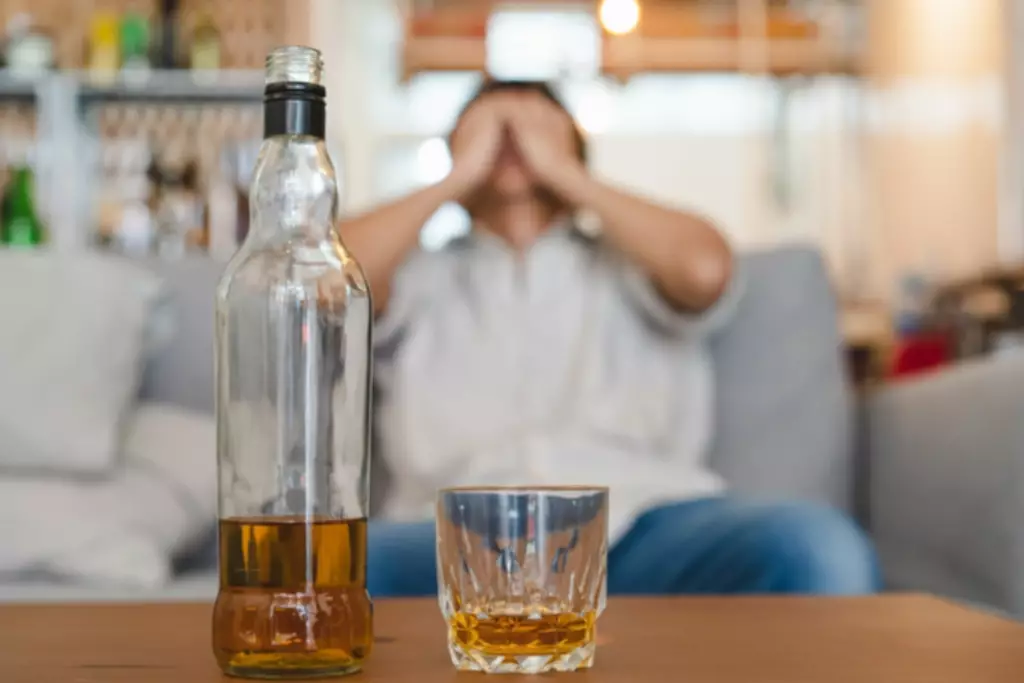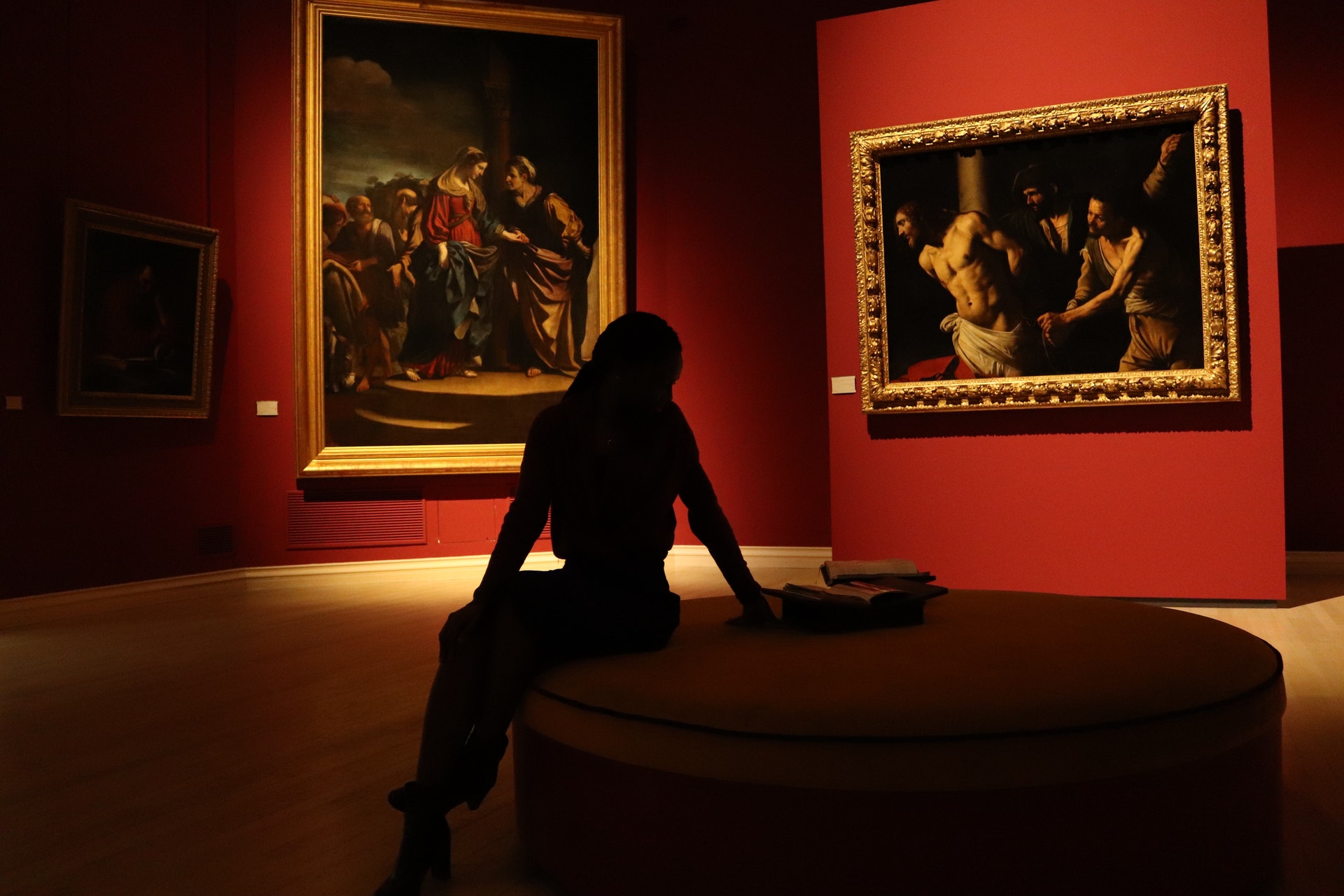Try to create a drawing or applique together without discussing the topic in advance. Talking during the creative process is prohibited. Creating of such therapeutic art projects develops self-regulation, the ability to constructively interact.
- While art therapy typically incorporates visual media like drawing, painting, and sculpture, art can take many forms.
- This session also allows the therapist to get to know their client and assess their therapeutic needs.
- Overall, 36.8% of programs used art therapy and 14.7% used music therapy, with 11.7% using both (not shown).
What is Expressive Arts Therapy?
From there, understanding the why about emotional responses helps to better moderate and manage them when they arise. It’s often a painful and challenging process that fuels negativity and the resurgence of agonizing memories. Art is a https://ecosoberhouse.com/ way to way to reconnect with old passions or even discover new talents we didn’t even know we had. And, perhaps even more importantly, art therapy helps the individual find new ways to express their emotions and heal from their past.
Art therapy supports clients’ self-esteem and mental health.
For those who struggle with drug or alcohol abuse, often times their initial use started as a form of self medication. As a way to deal or cope with pain. Art moves us and allows us to make sense of the world around us. It gives dimension and color to our lives, and can teach us in different ways. Art can be a powerful way to connect with humanity. It is one of the most expressive forms of communication.
Art Therapy Ideas for Substance Abuse Recovery and Behavioral Health
- In a formal art therapy session, the drawings, paintings, sculptures, or other works produced can be discussed so both client and therapist can develop a better understanding of the issues at hand.
- An art therapy session is much more nuanced than what many people may have experienced in an arts and crafts class.
- Incorporating these complementary therapies into your treatment programs can foster healing and personal growth.
- I am forever grateful for this gift of healing.
- Expression through art can help individuals communicate their feelings and take the next steps to recover.
The activity uses relaxation, guided imagery, music, and the mindfulness of breathing to create a sense of safety and stability. It could be particularly helpful for clients who are grieving, experiencing stress or anxiety, or in recovery from addiction. Expressive arts therapists are proficient in interpreting creative expression, rather than arts practitioners who have trained in a specific form of therapy. The article will also introduce training programs and degrees in expressive arts therapy and present a brief review of some of the best books on the subject.

Provides a Healthy Outlet for Self-Expression
Learning to process these overwhelming emotions is one of the most important steps towards long-term recovery. The creative process allows patients to access repressed feelings and begin to understand the underlying sources of their addictions. Personally, I am a big art therapy for addiction advocate of both dialectical behavior therapy (DBT) and drama therapy. In fact, I love these modalities so much that I dedicated not only my master’s thesis but also my dissertation to better understanding how to reinforce DBT skills through dramatic techniques.

How does art therapy support addiction recovery?
7 ways to break smartphone addiction in children – Hindustan Times
7 ways to break smartphone addiction in children.
Posted: Fri, 24 Feb 2023 08:00:00 GMT [source]
Art Project Ideas to Aid in Recovery
Recovery Symbols to Celebrate Your Sobriety
Last modified: May 15, 2024
